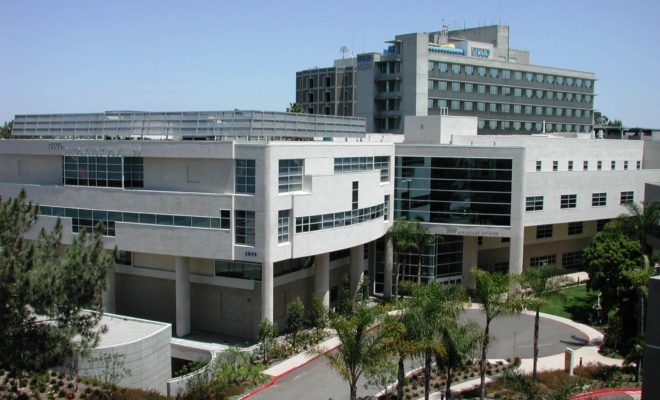Dead End Jobs: The History of Technological Unemployment

Examining how technology developments have changed the labor over history, this blog, “Dead End Jobs: The History of Technological Unemployment,” From the effects of the Industrial Revolution on craftsmen to today’s increase of job automation and worker displacement, the blog follows the cycles of employment loss and creation motivated by invention.
Introduction
Technology has fundamentally changed labor across history. From the Industrial Revolution to the digital world today, inventions have both made some employment obsolete and opened other possibilities. Many times leaving people in precarious situations, this continuous cycle entails what many refer to as “dead end jobs.” Knowing the background of technological unemployment helps us negotiate the complexity of job automation and how it affects society.
The Reasons for Technological Unemployment
“Technological unemployment” is the phrase used to describe job loss directly brought on by technical developments. The notion is not novel. In sectors including textiles and agriculture, machines started to Wonder hand work during the Industrial Revolution. Workforce displacement followed from this, especially for craftsmen and artists.
This conflict is best shown by the Luddite movement of the early 19th century. Employees wrecked tools they thought may compromise their means of subsistence. Although their acts were severe, they brought attention to the Future of employment in a society fast mechanizing.
Impacts of the Industrial Revolution
Deep changes accompanied the Industrial revolution impact. It generated new positions in manufacturing, transportation, and engineering even as it replaced numerous ones. This double impact highlights a frequent pattern in technology development: some employment disappears but others arise.
Not everyone, though, profited equally. Often locked in repetitive, low-paying work with little chance for advancement, low-skilled laborers Now acknowledged as “dead end jobs,” these positions provided little chance for growth, which resulted in economic stagnation for many.
The Ascent of Job Automation
By now the 20th and 21st centuries have arrived, and progress has sped forward. With computers and robotics, work automation on an unheard-of scale began. Particularly customer service, manufacturing, and logistics have undergone notable changes.
Though at the expense of human employment, automated assembly lines, self-checkout systems, and AI-driven customer service have simplified processes. Automation begs important issues about the direction of employment even as it increases efficiency. Are we facing a future with less possibilities for human labor, or will there be enough new professions to replace those lost?
Workforce Distraction in the Digital Age
The digital revolution of today promises both opportunities and hazards. Technology has, on one hand, produced employment in fields including digital marketing, renewable energy, and IT. Conversely, it has hastened worker displacement in established sectors.
For instance, the growth of e-commerce has changed retail and lessens the demand for in-store employees. Likewise, developments in artificial intelligence and machine learning challenge positions in long seen as safe domains as law and finance. Many people wonder about their place in the future workforce as technology develops rapidly.
The Beauty of Human Adaptability
Notwithstanding these difficulties, history presents a wonder: the great flexibility of human workers. People have repeatedly adapted to new technologies by learning new skills and moving into newly developing sectors.
This adaptability is much enhanced by education and lifelong learning. Our attitude to the development of skills must change along with technology. Working together, governments, companies, and educational institutions may offer training courses ready for workers for the jobs of the future.
The Direction of Work
Looking ahead, how civilizations handle technology changes will determine the kind of employment. While some worry about mass unemployment, others see chances for more interesting employment. The secret is aggressive support of displaced workers.
Potential fixes are universal basic income, reskill programs, and flexible employment schedules. These programs can build a more strong workforce and assist to offset the bad consequences of job automation.
Conclusion
The development of technological unemployment exposes a complicated link between work and creativity. Technology generates new possibilities even as it can replace occupations. Knowing this dynamic will enable us to be ready for the opportunities and challenges ahead. Accepting change with an eye toward education and flexibility will help to guarantee a time when technology improves rather than reduces human potential.








